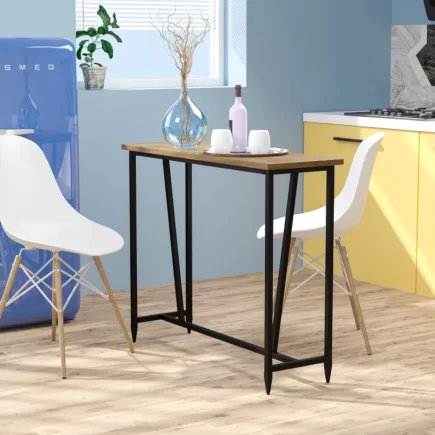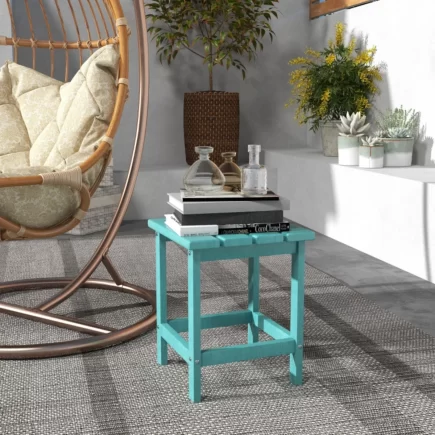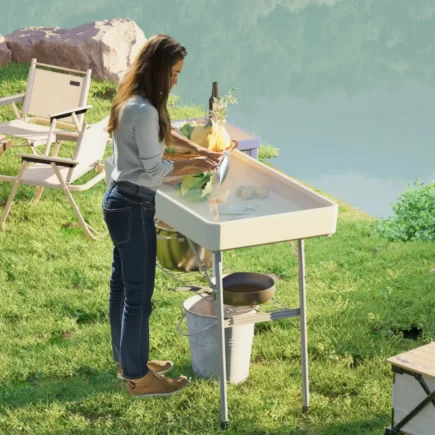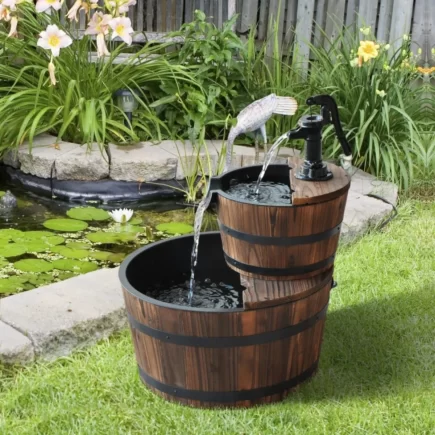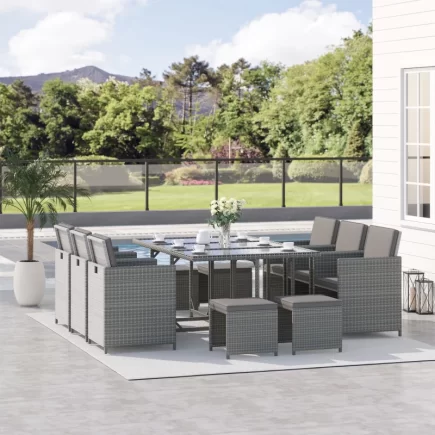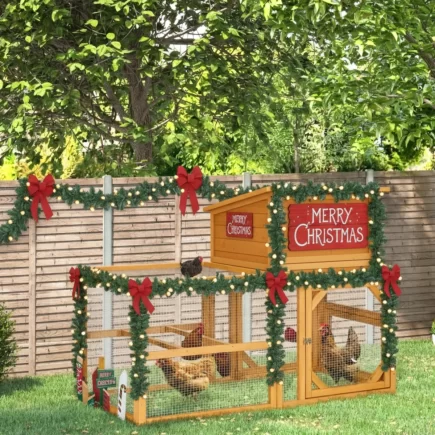Building your own plant stand is a rewarding process that not only saves you money but also gives you the opportunity to create a functional and stylish piece of furniture tailored to your taste. Whether you’re an experienced woodworker or a beginner, this guide will provide you with the essential tools, materials, and step-by-step instructions needed to craft your own custom plant stand.

Choosing the Best Wood for Your Plant Stand
Selecting the right wood is one of the most important decisions you’ll make during this project. Here are some common options and their pros and cons:
Wood Types
- Pine: Affordable, easy to work with, and available in most hardware stores. However, it’s relatively soft and may not support heavy plants over time.
- Cedar: Naturally resistant to moisture and insects, making it perfect for plant stands that will be placed indoors or in humid environments.
- Bamboo: An eco-friendly material that’s lightweight and durable. Bamboo is a great option for modern or minimalist designs.
- Walnut: A high-end wood with rich color and durability. Ideal for a more sophisticated, high-end plant stand.

Essential Tools You’ll Need
Before you begin building your plant stand, it’s important to gather all the necessary tools. Here’s a list of must-haves:
| Tool | Purpose |
| Tape Measure | For measuring wood accurately. |
| Saw | To cut wood to the desired size. |
| Drill | For making holes and screwing in hardware. |
| Wood Glue | To bond pieces together securely. |
| Screwdriver | For attaching screws. |
| Clamps | To hold pieces in place while glue sets. |
| Sandpaper | To smooth rough edges and surfaces. |

Step-by-Step Process for Building a Plant Stand
Now that you’re ready with your materials and design, let’s get into the actual building process. Follow these steps to ensure your plant stand is sturdy, functional, and beautifully crafted.
1. Cut the Wood Pieces
Shelves

Cut rectangular wood planks to the desired dimensions for your shelves. The length should be based on how wide you want your plant stand to be and how many shelves you plan to add.
The width of each shelf should remain consistent to create a uniform and cohesive look across your plant stand.
Legs/Frame
For the legs, you need 4 pieces, each cut to an angle to form the A-frame structure. The length of the legs should be longer than the shelves to give the stand a tilted or leaning look.

Support Braces
Cut smaller pieces of wood for the support braces. These can either be placed horizontally (connecting the two legs at the same height) or diagonally (connecting the legs at an angle for additional stability). The number of braces you cut will depend on how many levels of shelves you plan to add and how much support you want for each shelf.
2. Assembly
Frame Construction
Begin by attaching the legs to the horizontal side rails. These rails should run vertically along the outer edges of the stand to form the basic framework. Secure the angled legs to the rails using screws, nails, or wood glue. Ensure that the legs form an “A” shape when viewed from the front. It’s important to check that the legs are symmetrical and aligned properly, so the stand is level.
Horizontal Supports
Once the basic frame is set, you need to add the horizontal supports (crossbars) between the legs. These supports will hold the shelves in place and give the structure additional strength. Attach the crossbars at regular intervals where you want the shelves to sit. Typically, you would place one crossbar near the top, one in the middle, and one near the bottom to provide maximum support. These crossbars should be secured to both legs using screws.
Positioning the Shelves
Finally, place the wooden planks (shelves) onto the horizontal supports. Make sure the shelves are spaced evenly to accommodate plants comfortably. You can attach each shelf to the crossbars using screws, nails, or dowels to prevent any shifting. Check the alignment of each shelf to ensure they sit level across the entire stand.

Stability For Plant Stand
To ensure your plant stand remains stable and durable, consider these tips:
- Cross Braces: For taller stands, add cross braces between the legs to improve stability.
- Reinforced Joints: Use dowels or metal brackets at the joints to prevent the stand from wobbling or loosening over time.
- Weight Distribution: Ensure the stand is proportionally balanced so it can support the weight of your plants.
3. Finishing Touches
Sanding
After assembling the stand, use sandpaper to smooth any rough edges on the wood. Pay special attention to corners and the top surface of each shelf to ensure they are safe to touch and look polished.
Painting or Staining
Apply a wood finish, paint, or stain to give your plant stand a final, polished look. This step is optional, but finishing the wood enhances its durability and can match the aesthetic of your home decor. You can choose a natural wood finish for a rustic look or go for a painted finish for a more colorful, modern touch.

A Creative and Rewarding Endeavor
Building your own Plant Stand is more than just a hands-on activity; it’s a creative and fulfilling experience. Not only will you save money, but you’ll also have a unique piece of functional decor made with your own hands. Once your stand is complete, showcase it by placing plants of various heights for added depth and drama.
FAQs
1. What is the best wood for an outdoor plant stand?
The best wood for an outdoor plant stand is cedar, redwood, or teak. These woods are naturally resistant to moisture, decay, and insects, making them ideal for outdoor use.
2. What if my plant stand wobbles after assembly?
If your plant stand wobbles, ensure all the legs are evenly cut and securely attached. You can add cross braces between the legs for extra stability. Additionally, checking and tightening all screws periodically will prevent future wobbling.
3. How can I make sure my plant stand is weatherproof for outdoor use?
To weatherproof your plant stand, use a durable outdoor sealant or varnish specifically designed for wood. This will protect the wood from moisture, UV rays, and temperature changes, ensuring the stand lasts longer in outdoor conditions. Reapply the sealant annually for best results.




